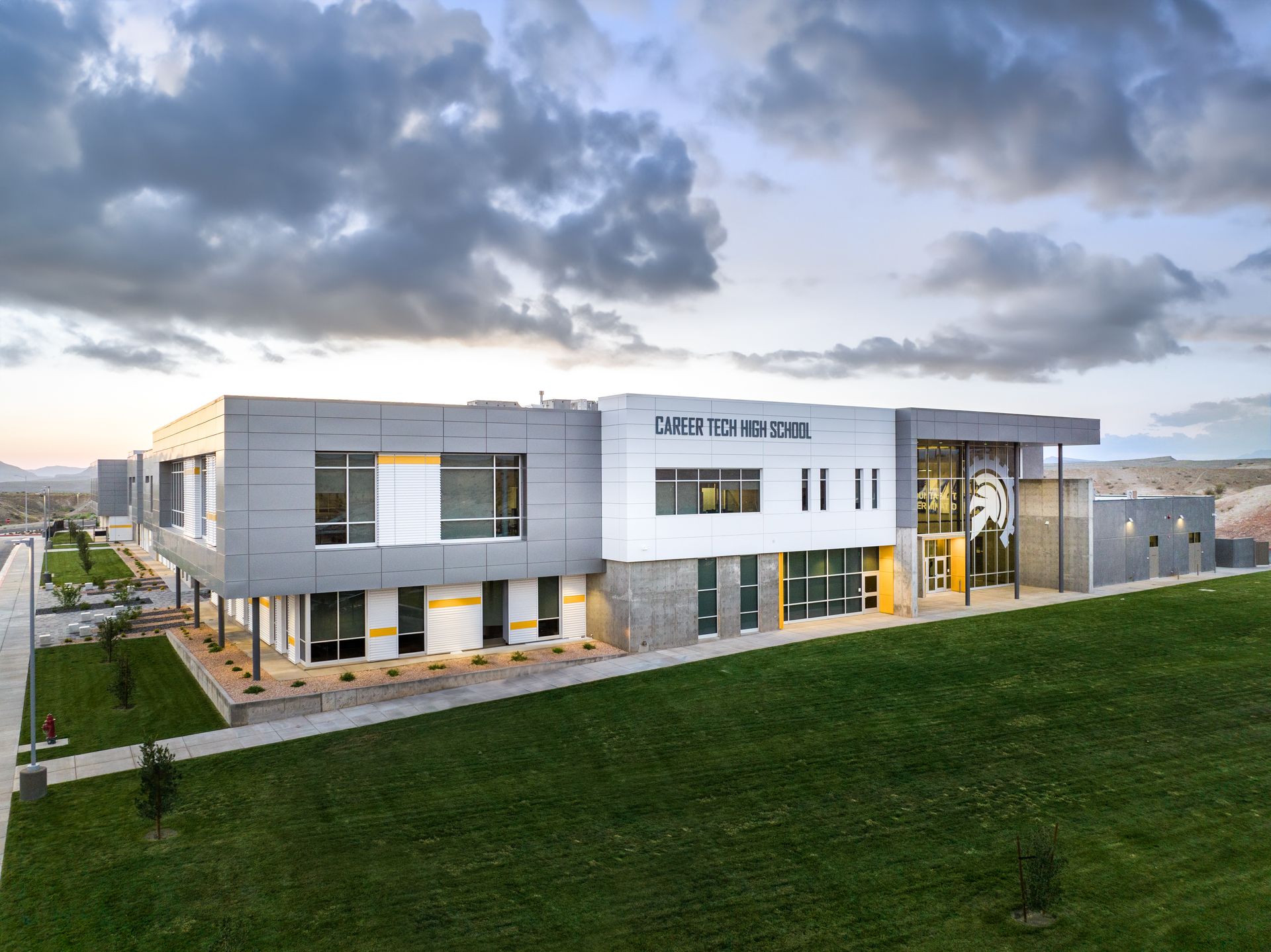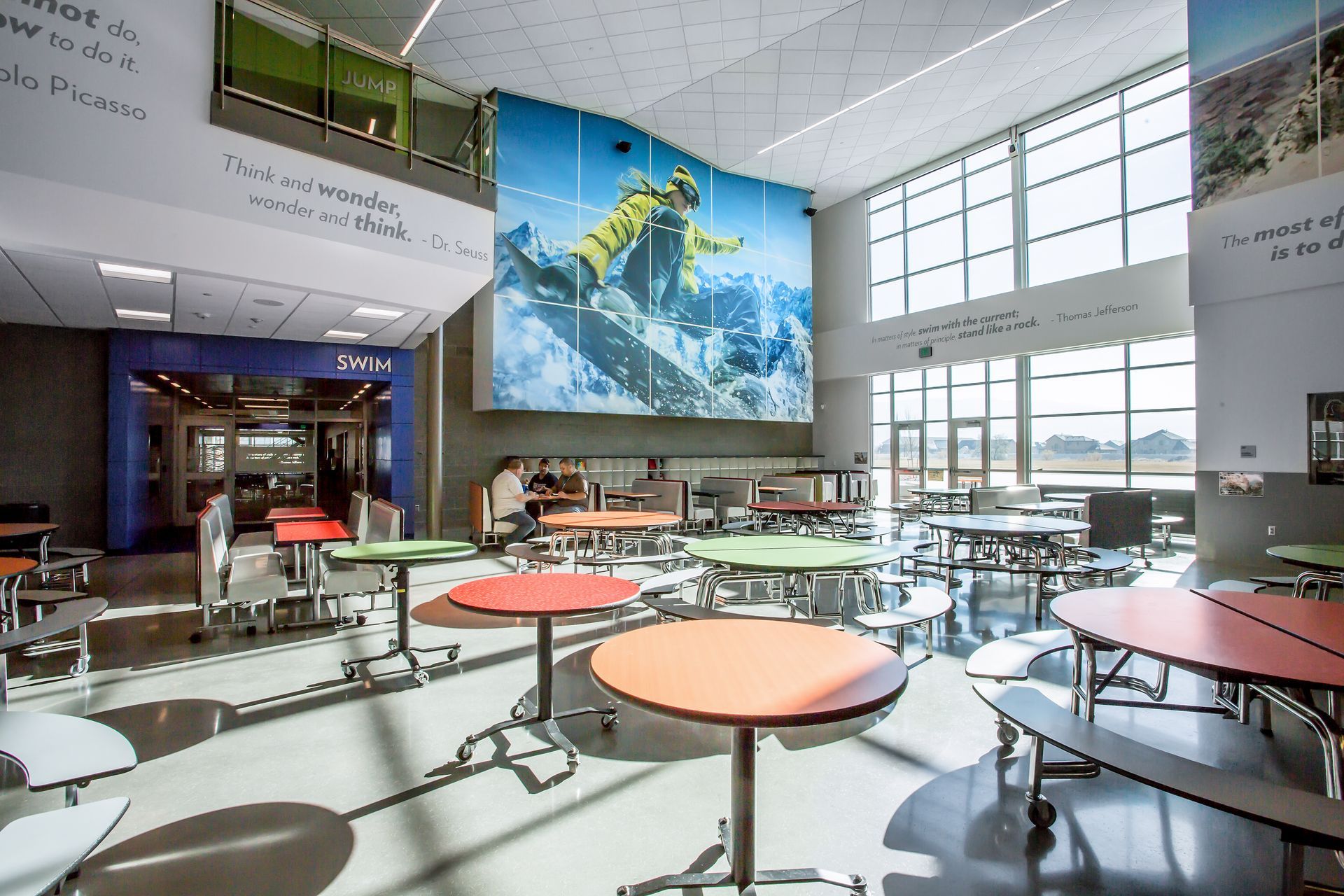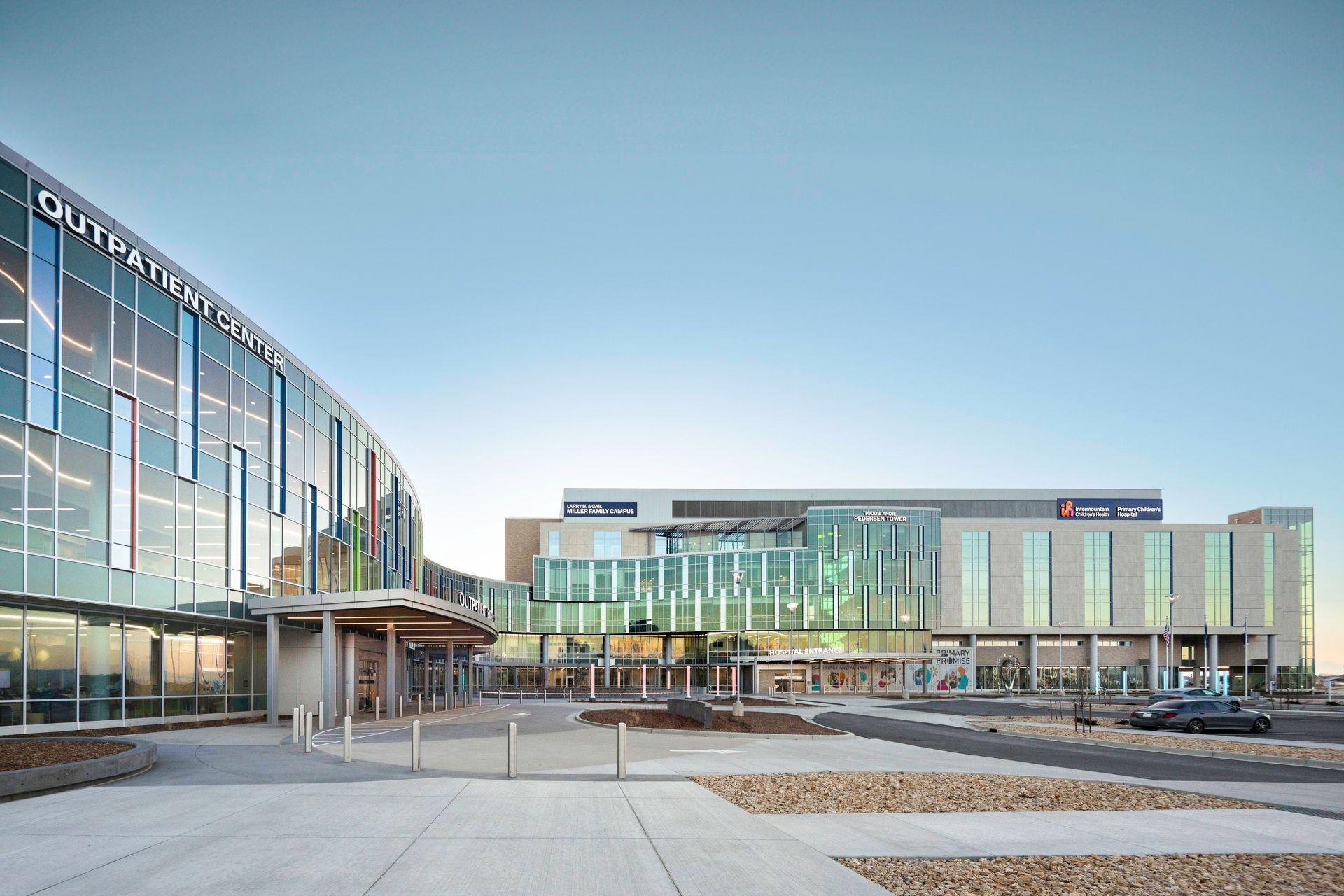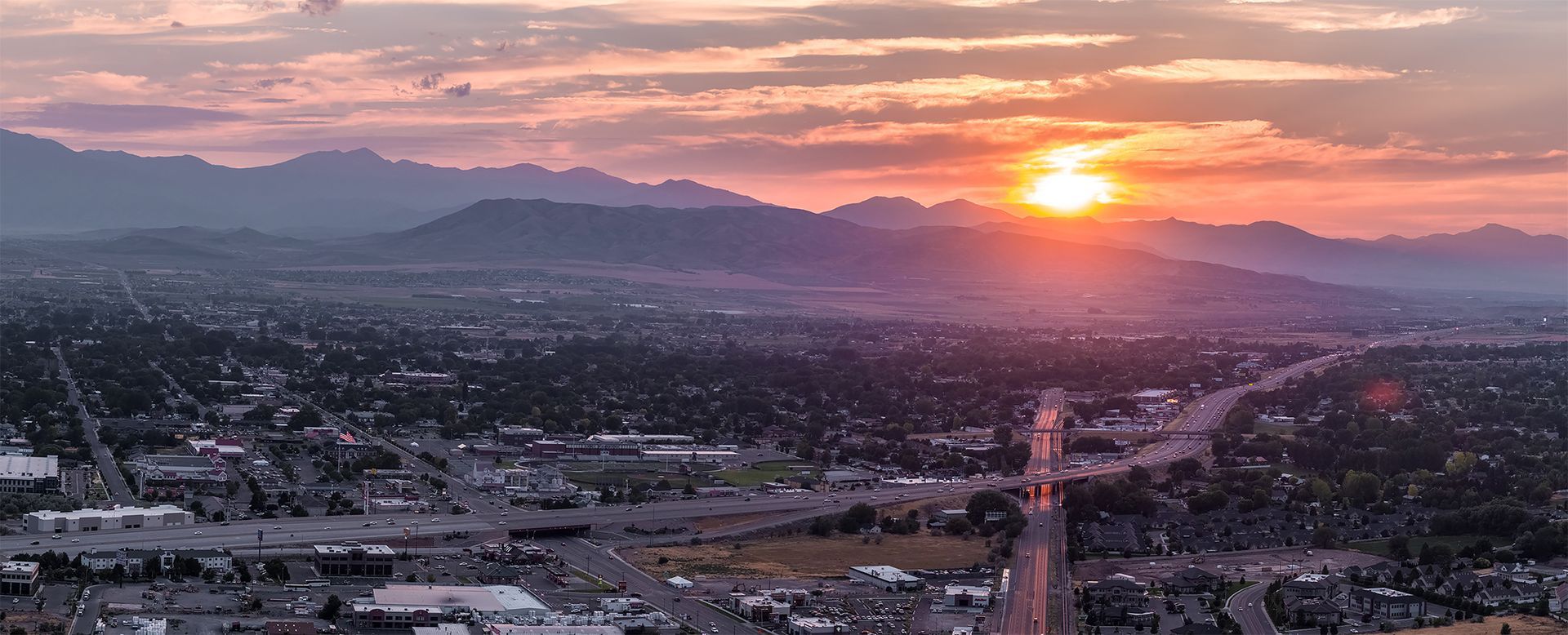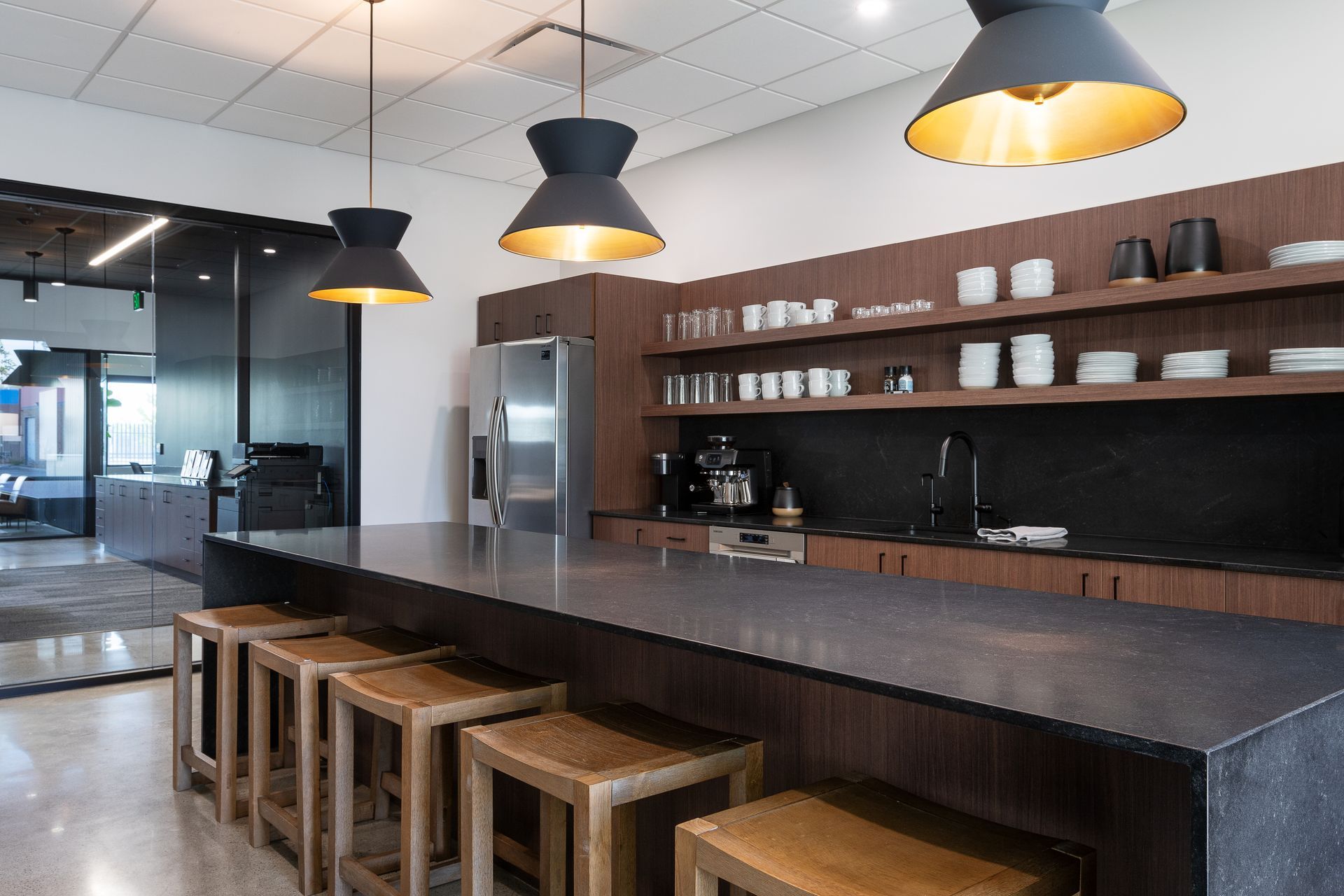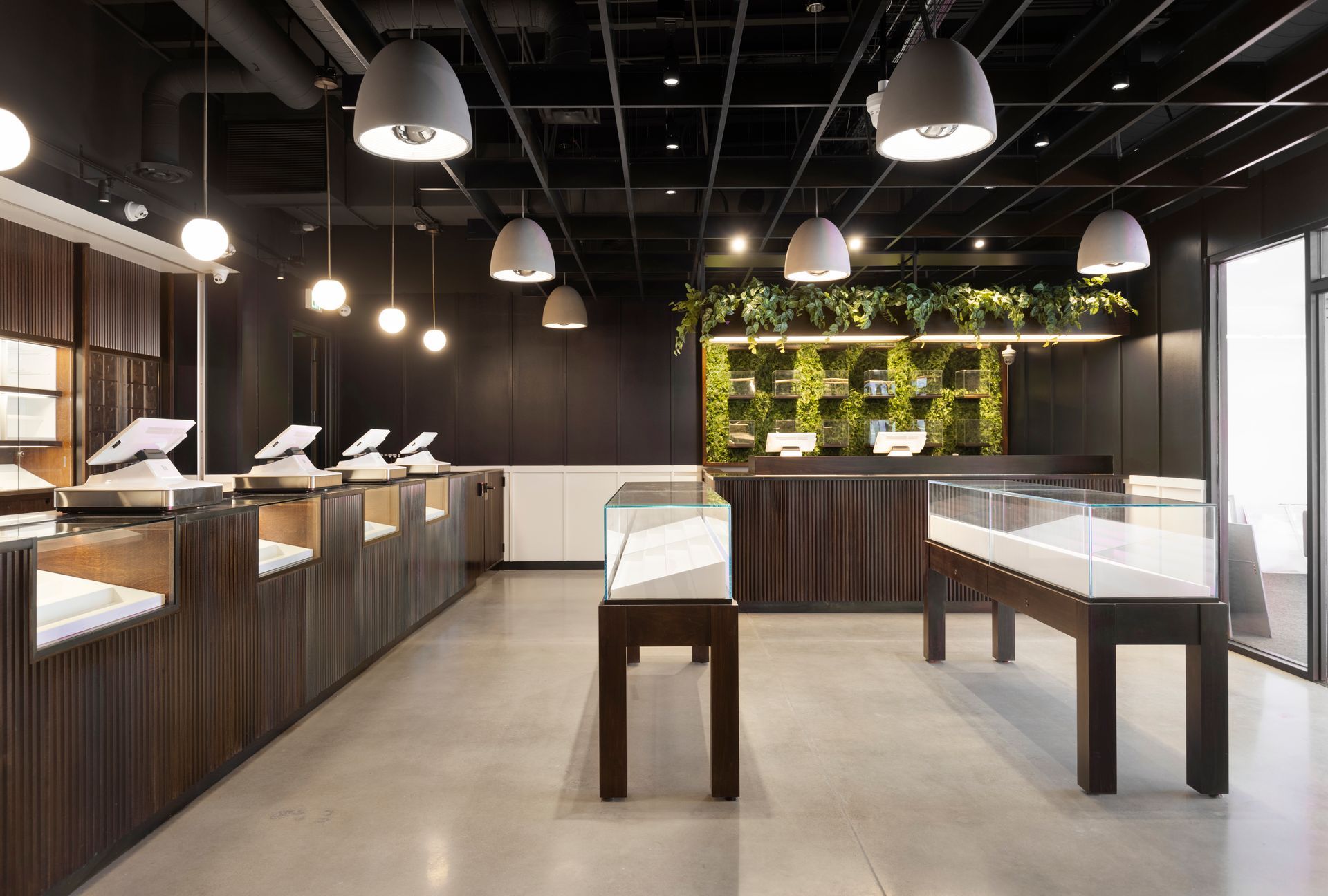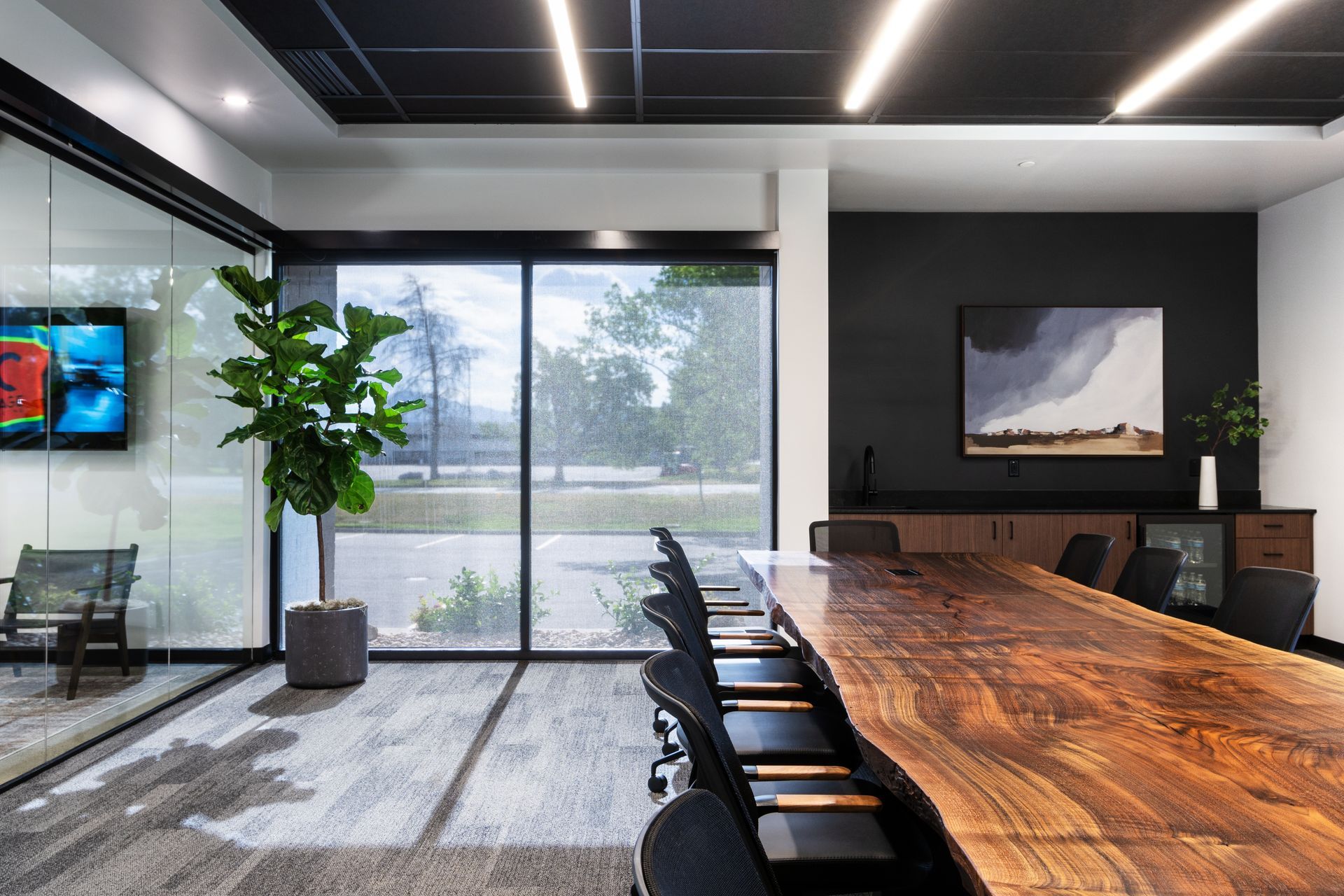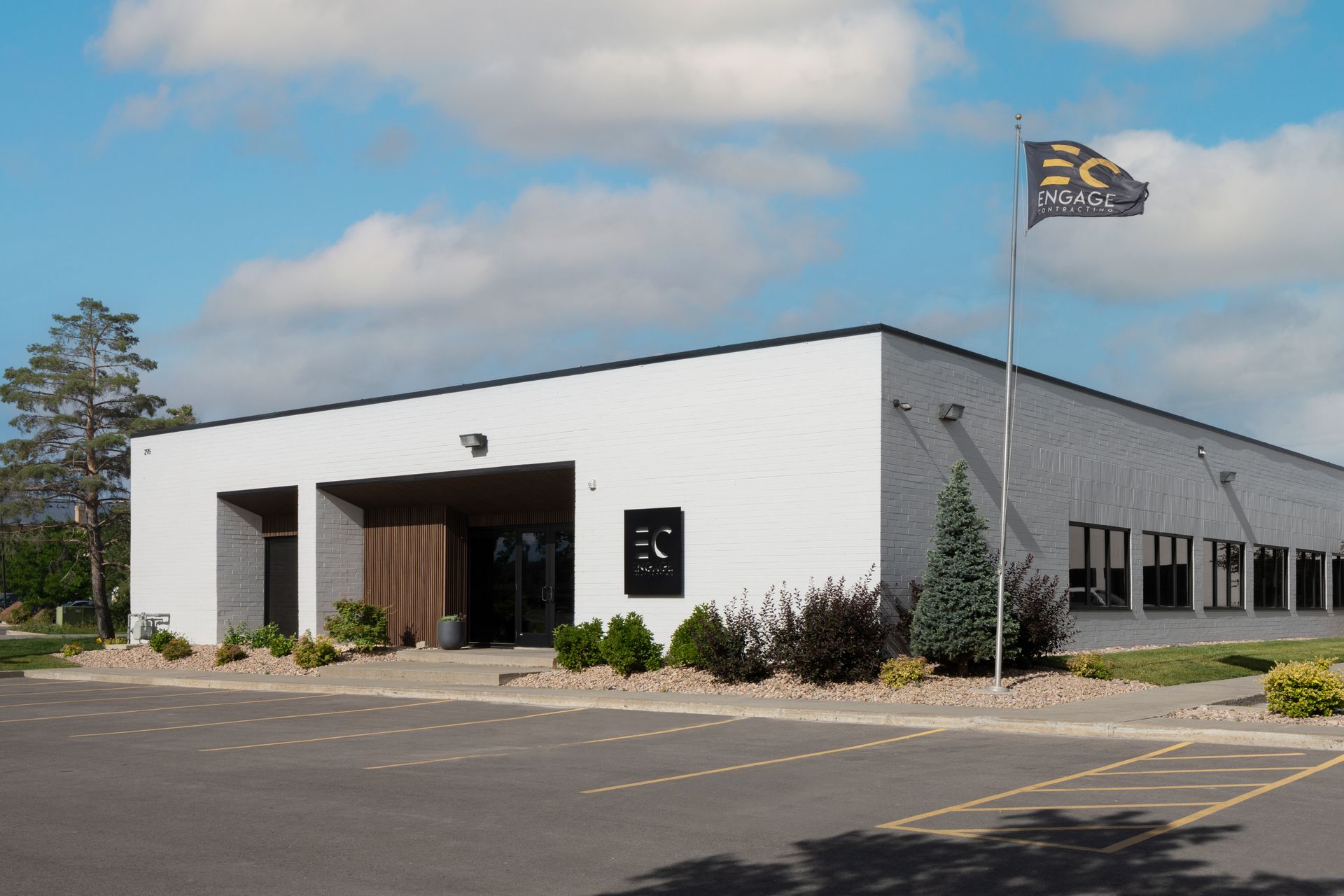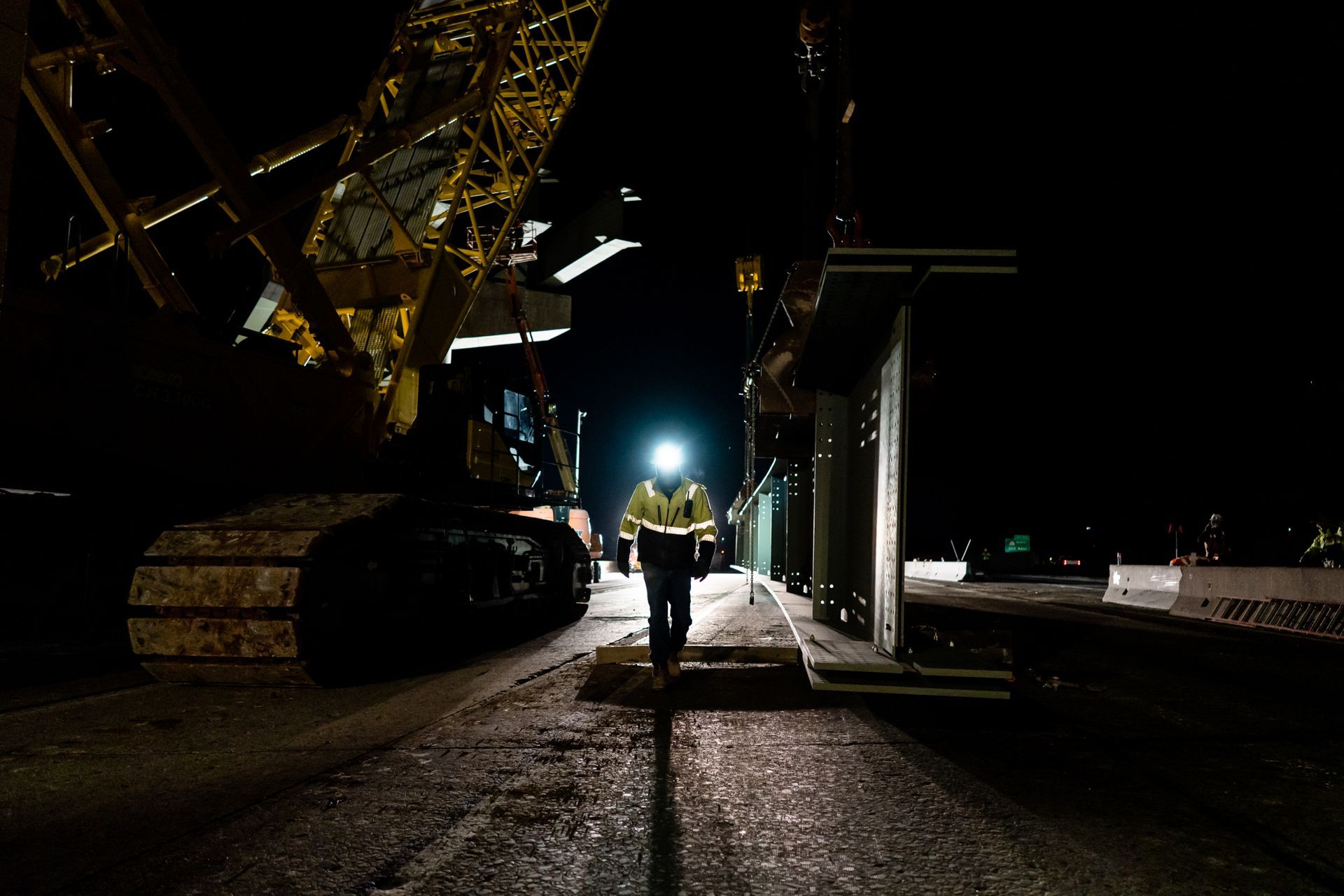Donavon and Andrea Minnis are making serious headway with Salt Lake-based Engage Contracting, a general contracting firm poised for a bright future. By Brad Fullmer
So far during their 19-year marriage, Donavon and Andrea Minnis—CEO and Treasurer, respectively, of Salt Lake-based Engage Contracting—have built/remodeled six houses to date, becoming so adept at the process that friends just refer to them as the famous TV couple of the hit show “Fixer Upper.”
“Our friends call us ‘Chip and Joanna’ (Gaines),” laughed Donavon. “We’ve done a lot of homes together. They were our homes. Honestly, we were able to build up enough equity [flipping homes], which helped us start Engage.”
Their first house project was a complete gut and remodel in Salt Lake’s Rose Park neighborhood, which they bought for $89,000 and sold two years later for $169,000. They’ve also remodeled/sold homes in Woods Cross, Bluffdale, and Murray, where they live with their two children (13 and 12 years old).
Andrea recalled a memory from a Mother’s Day several years ago when they were hanging insulation during a driving rainstorm while their children happily played on a dirt hill.
“We both are really determined to get it done—we are not afraid to work,” said Andrea. “We just do crazy things.”
They started to work full-time building Engage Contracting in January 2019, based largely on Donavon’s 20-plus years of professional experience in construction and the contacts he made. A dozen of those years were spent working for a prominent Salt Lake-based general contractor, where he quickly proved himself and moved up the ranks from assistant superintendent to director.
When he left in 2017 for another opportunity, he said it was a difficult decision, but highly values and appreciates the mentorship he received. It didn’t take long for the Minnises to realize Donavon’s career trajectory wasn’t meeting their aspirations, and together decided that going out on their own was worth the risk.
Quickly Inseparable
Donavon grew up in Murray, the son of a painting contractor, Scott Minnis, who owned Master’s Touch Painting. He remembers doing homework in the bed of his dad’s truck and then joining crews on job sites from the age of 11. By 17, he was working full-time.
Andrea’s father was in the military and her family moved a lot growing up, coming to Utah in 1999. She graduated from Dugway High in 2000.
They met at a Christian ministry at the University of Utah at the beginning of 2002, and prior to their first official date on February 1. Donavon took Andrea to check out a job he was going to paint, a feature wall for Pier 1 Imports in Park City.
“I didn’t know it was a date, I thought we were hanging out with other people,” said Andrea. “We went to the Mayan (restaurant) and saw ‘A Walk to Remember’. A year to the day later, we got married.”
“We quickly became inseparable,” said Donavon.
Andrea, who earned a Master of Therapy from the U of U, worked seven years at Primary Children’s Acute and Inpatient Rehab, and now serves as Treasurer of Engage, which encompasses a slew of administrative-related duties.
Donavon earned a Bachelor of Construction Management from Weber State University from 2006-10, a grueling period for the couple as they both worked full-time, raised their kids, and remodeled a couple of houses.
“You learn the value of a power nap,” said Donavon, citing 16- to 18-hour days.
“It was a long five years,” Andrea agreed.
Poised for Growth
When the couple began working full-time at Engage three years ago, they immediately contacted people Donavon had worked for at USPS, which proved fortuitous.
“They were issuing an emergency JOC contract when we called. We were able to bond the contract and that has propelled us,” he said, citing $20 million in USPS contracts in Washington and California alone. During the firm’s first three years in business, revenues have risen meteorically year over year. Donavon said his CFO asks him daily, “How big do you want to be?” Could Engage become a $100 million per year company?
“I don’t think it would be hard,” said Donavon, coolly. “I am shocked at how much we’ve been able to grow. We’ve doubled in size every year, if not tripled. It sets the stage to make us comparable to other general contractors in the valley. We don’t want to be seen as just a smaller [tenant improvement] company.”
One of the firm’s current major projects is a remodel of a former Dick’s Sporting Goods in The Gateway in Salt Lake into an expanded office space for Recursion Pharmaceuticals. Other recent projects include a $550,000 remodel of the Columbia Care Pharmacy in Springville, a $2.2-million remodel of Edwards Lifesciences Cleanroom 5 in Draper, and a $5.2-million HVAC upgrade for USPS in Fresno, California.
“We’ve picked up some massive projects recently,” he added.
These include: the North Gate project at Hill Air Force Base in Clearfield, a building that will conduct in-depth searches of trucks coming into the base; a sizable biotech industry project in downtown Salt Lake; the firm’s first two ground-up projects which are slated to break ground in Draper later this year.
“It’s a little daunting and scary, right?” posed Andrea.
“It’s absolutely scary,” replied Donavon, smiling.
Engage Contracting opened its new 15,000 SF office within the International Center in Salt Lake City in March, giving the firm a more professional presence and plenty of space for its 23 employees (project photos by Dana Sohm, Sohm Photografx).
